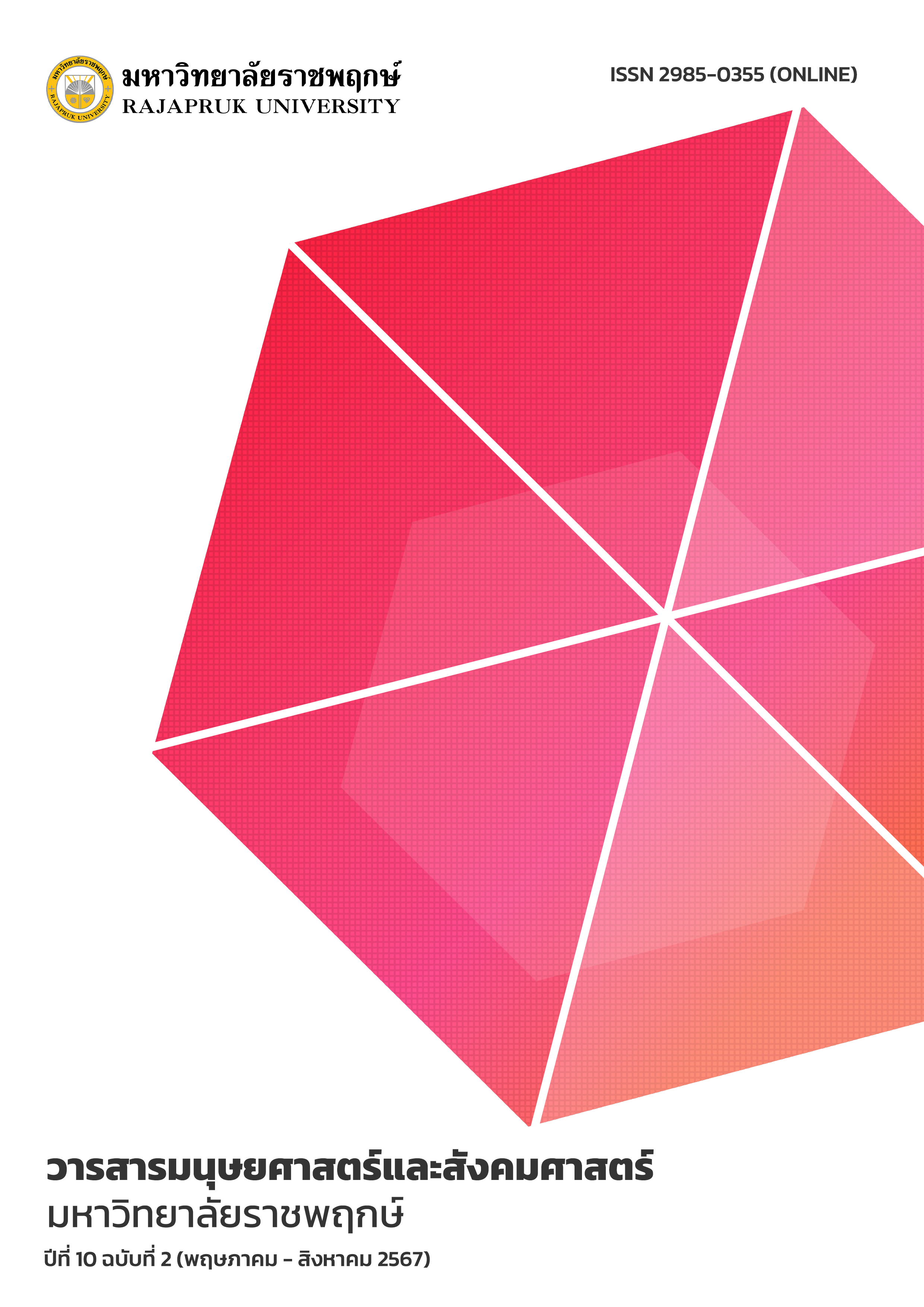The Development of Grade 3 Student’s English Listening Skills Using Total Physical Response Technique with Community Language Learning Method
Main Article Content
Abstract
ABSTRACT
The purposes of this research were to 1) compare the development of Grade 3 student’s English listening skills before and after using Total Physical Response technique with Community Language Learning method and 2) study the satisfaction of Grade 3 students’s after English class using Total Physical Response Technique with Community Language Learning Method. The sample group used in this reserch were 35 students of grade 3 from 2 schools in Nonghan group 4, Nonghan district, Udonthani province, obtained by using Cluster Rabdom Sampling. Tools used in this research were included: 1) English listening skills test of grade 3 which composed of 20 questions, devided into 2 parts; the multiple-choice test and the subjective test. 2) The satisfaction questionnaire towards learning English and 3) Lesson plans. The statistics to analyzed data according to objectives were Mean, Standard deviation and Dependent t-test.
The research results found that: 1) Before using Total Physical Response technique with Community Language Learning method, the students had an average score of 10.54 points and 15.68 points after using the techniques with statistical significance of .01, 2) The students’ view on satisfaction was totally at the high level.
Article Details
References
กรมวิชาการ. (2551). การจัดการเรียนรู้กลุ่มสาระการเรียนรู้ภาษาต่างประเทศ ตามหลักสูตรแกนกลางการศึกษาขั้นพื้นฐาน พุทธศักราช 2551. กรุงเทพฯ: องค์การ รับส่งสินค้าและพัสดุภัณฑ์.
กระทรวงศึกษาธิการ. (2551). หลักสูตรแกนกลางการศึกษาขั้นพื้นฐาน พุทธศักราช 2551.กรุงเทพฯ: องค์การรับส่งสินค้าและพัสดุภัณฑ์.
______. (2558). หลักสูตรแกนกลางการศึกษาขั้นพื้นฐาน พุทธศักราช 2551. กรุงเทพฯ: โรงพิมพ์ชุมนุมสหกรณ์การเกษตรแห่งประเทศไทย.
ใจทิพย์ เย็นสุข. (2562). การพัฒนาความสามารถการอ่านจับใจความภาษาอังกฤษโดยการสอนแบบกระบวนการกลุ่มสัมพันธ์ของนักเรียนชั้นประถมศึกษาปีที่ 5 โรงเรียนคาเบรียล. วิทยานิพนธ์ ครุศาสตรมหาบัณฑิต สาขาวิชาหลักสูตรและการสอน. มหาวิทยาลัยราชภัฏบ้านสมเด็จเจ้าพระยา.
ซีรีน ชุมวรฐายี. (2557). ประสิทธิผลของการสอนแบบตอบสนองด้วยท่าทางต่อการเรียนรู้คำศัพท์และความคงทนในการจดจำคำศัพท์ของนักเรียนชั้นประถมศึกษาปีที่ 1. วิทยานิพนธ์ ศิลปศาสตรมหาบัณฑิต สาขาวิชาการสอนภาษาอังกฤษเป็นภาษานานาชาติ. มหาวิทยาลัยสงขลานครรินทร์.
ภัทรวดี ปันติ. (2558). ผลการใช้วิธีการสอนแบบตอบสนองด้วยท่าทางที่มีต่อทักษะการฟังและพูดภาษาอังกฤษและการกล้าแสดงออกของนักเรียนชั้นประถมศึกษาปีที่ 2 โรงเรียนกมล-เรียม สุโกศล (บ้านผาใต้). การค้นคว้าอิสระ ครุศาสตรมหาบัณฑิต. มหาวิทยาลัยราชภัฏเชียงใหม่.
วารุณี ศิริ และ อภิราดี จันทร์แสง (2560). การพัฒนาการจัดการเรียนรู้โดยใช้วิธีการสอนแบบตอบสนองด้วยท่าทาง (TPR) ที่มีผลต่อทักษะการฟังและการพูดภาษาอังกฤษ สำหรับนักเรียนชั้นประถมศึกษาปีที่ 1. วารสารมหาวิทยาลัยราชภัฏร้อยเอ็ด, 11(2): 195-206.
สุมิตรา อังวัฒนกุล. (2550). วิธีการสอนภาษาอังกฤษ. พิมพ์ครั้งที่ 4. กรุงเทพฯ: จุฬาลงกรณ์มหาวิทยาลัย.
อนงค์ เชื้อนนท์. (2555). เทคนิคการสอนภาษาอังกฤษ. สืบค้นเมื่อ 10 มิถุนายน 2566. จาก https://www.moe.go.th/moe/
Asher, J. (1977). From reader to reading teacher. Cambridge: Cambridge University.
______. (1982). Learning another language through actions: The complete teacher’s guide book. California: Sky Oaks Productions.
Krashen, S. (1981). Second Language Acquisition and Second Language Learning. Southern California: University of Southern California.


